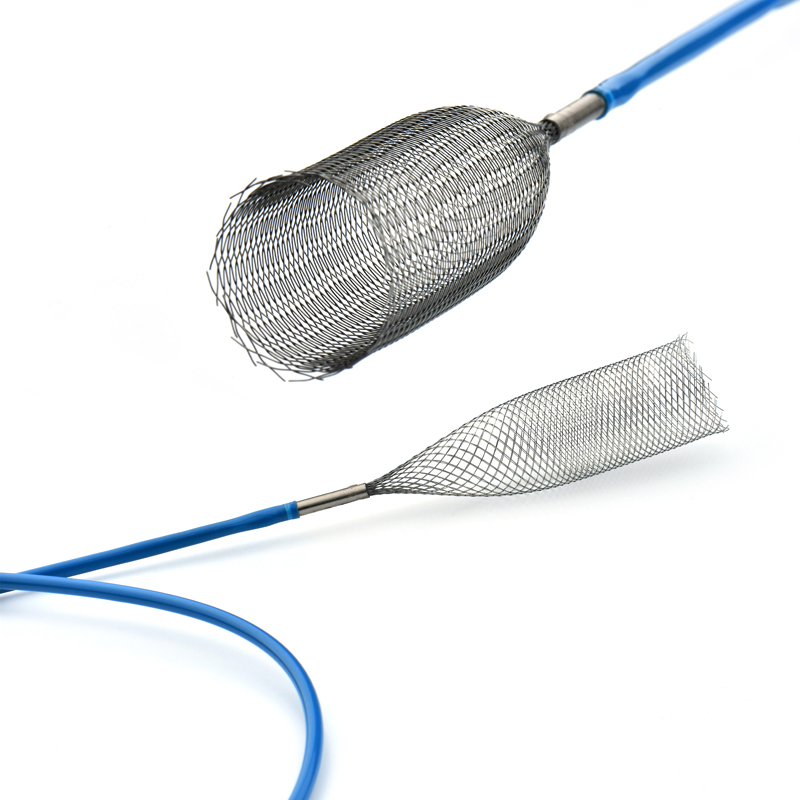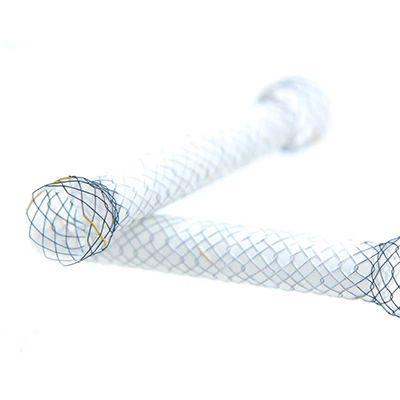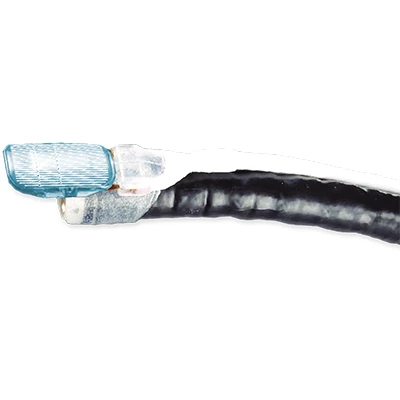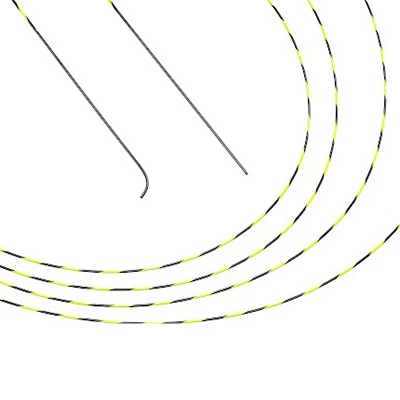Stena
Stent Colonic System
The unfixed cell design in the knitted configuration virtually eliminates the straightening forces that result in the stents conforming easily to the natural anatomy. The small cell size of StenaⓇ stents improves long-term patency, reducing tumor tissue growth into the stent.
Characteristics
- Latest generation knitted construction
- Minimal stent shortening
- Extremely important settlement
- Superior suitability
- Optimal alignment in the intestinal lumen
- TTS transmission system
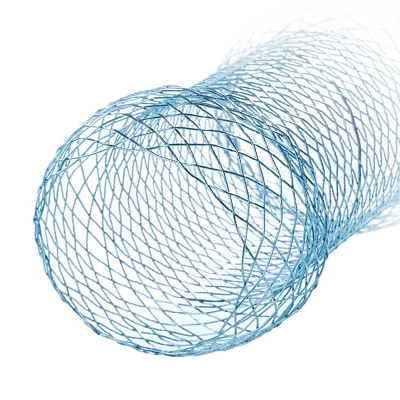

Detailed specifications
The high density of the wires also increases the radial strength and structural stability.
StenaⓇColorectal stents are highly compatible enteral stents for treating strictures of the rectum and bowel. They can be used in acute obstruction to prevent emergency surgery and colostomy or as definitive palliation of inoperable carcinoma. As with StenaⓇ gastro duodenal stents, colon-rectal stents are contained within a TTS delivery system that allows the treatable endoscope to develop along the working channel.
- Latest generation knitted construction
- Minimal stent shortening
- Extremely important settlement
- Superior suitability
- Optimal alignment in the intestinal lumen
- TTS transmission system
- By creating a continuous radial tension force, it effectively widens strictures and reduces patient discomfort.
- Markers on the shorthand. clearly visible under imaging equipment. Positioning will be more accurate.
- Spherical structure design, reduces cramps, does not slip easily.
About a quarter of colorectal cancers are encountered when obstruction occurs. The standard approach here is colostomy and resection of the primary tumor if appropriate. However, since most of these patients are malnourished, dehydrated, elderly and have other comorbidities, the morbidity of emergency surgery is around 30-40% and the mortality is around 7-15%.
Bacterial density and virulence is much higher than that of the unoccluded gut, and the proximal gut diameter is also larger. The adverse effects of colostomy on quality of life and the problems with its closure are well known.
In some patients, temporary colostomy is not closed at all because of the risk and prognosis of the disease. Opening the occlusion with an endoscopic or endoscopy-assisted stent can provide non-invasive decompression and may create palliation or allow the safe postponement of curative surgery, allowing colonoscopic examination of the entire colon.
The Intestinal Stent Delivery System includes two components: the implantable metallic stent and the Delivery system The Stent is made of Nitinol wire, woven into a tubular braid. This shape design can make the stent more flexible, conformable and self-expanding. The docking system consists of three coaxial tubes. The outer tubing restricts the stent to be withdrawn during stent evacuation. Radiopaque marker bands on the inner and outer tubes aid imaging during insertion. The inner tube contains a central lumen through which a 0.035 inch / 0.89 mm guidewire can pass. There are two Intestinal Stent Delivery Systems: Duodenal Stent Deployment System and Large Diameter Stent Deployment System, There are 2 delivery systems called OTW System or TTS system. The TTS insertion System is compatible with Endoscopes with a minimum working channel of 4.2 mm.
- Latest generation knitted construction
- Minimal stent shortening
- Extremely important settlement
- Superior suitability
- Optimal alignment in the intestinal lumen
- TTS transmission system
